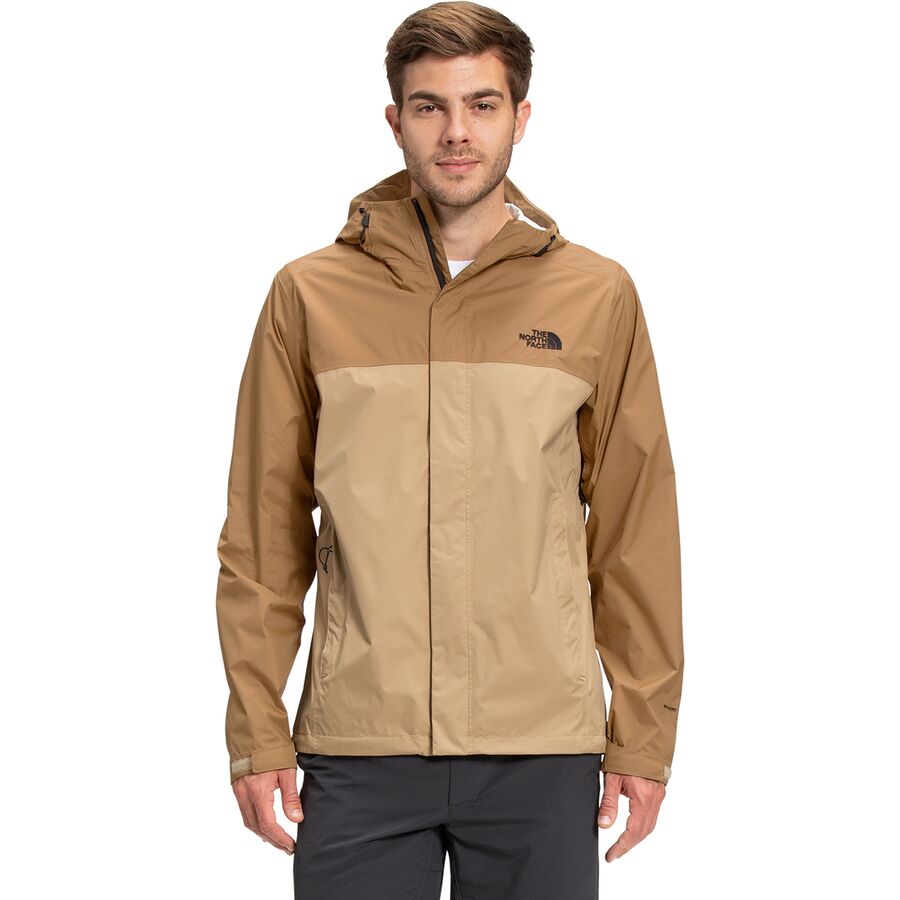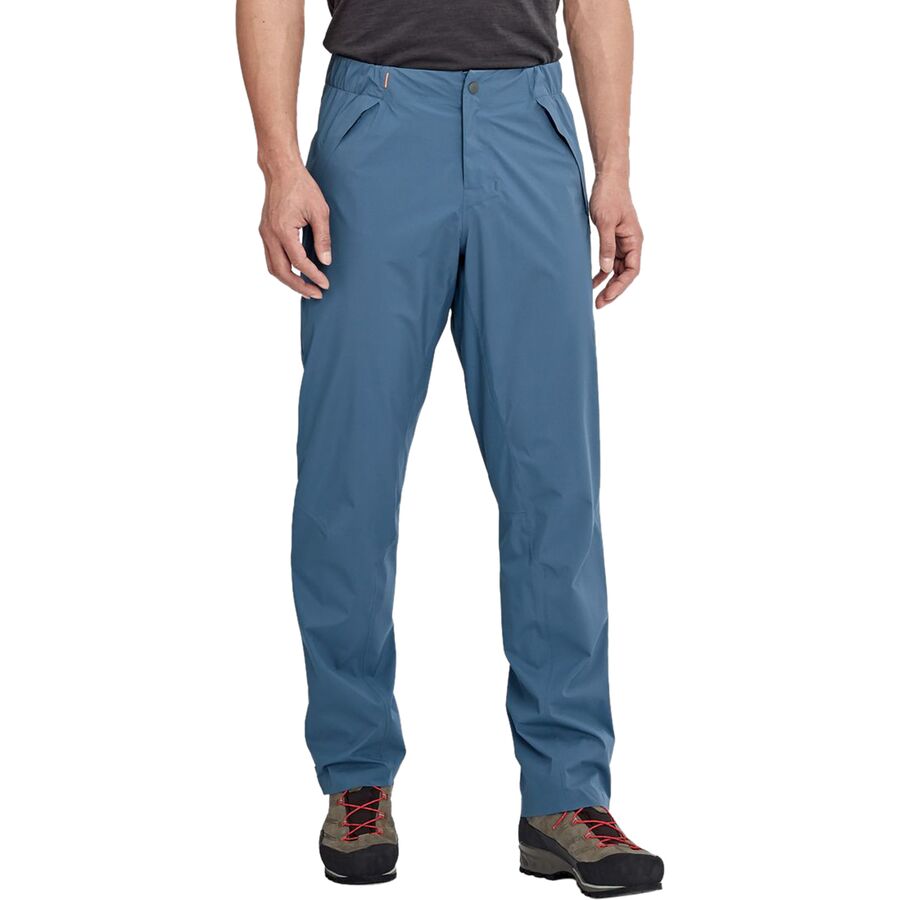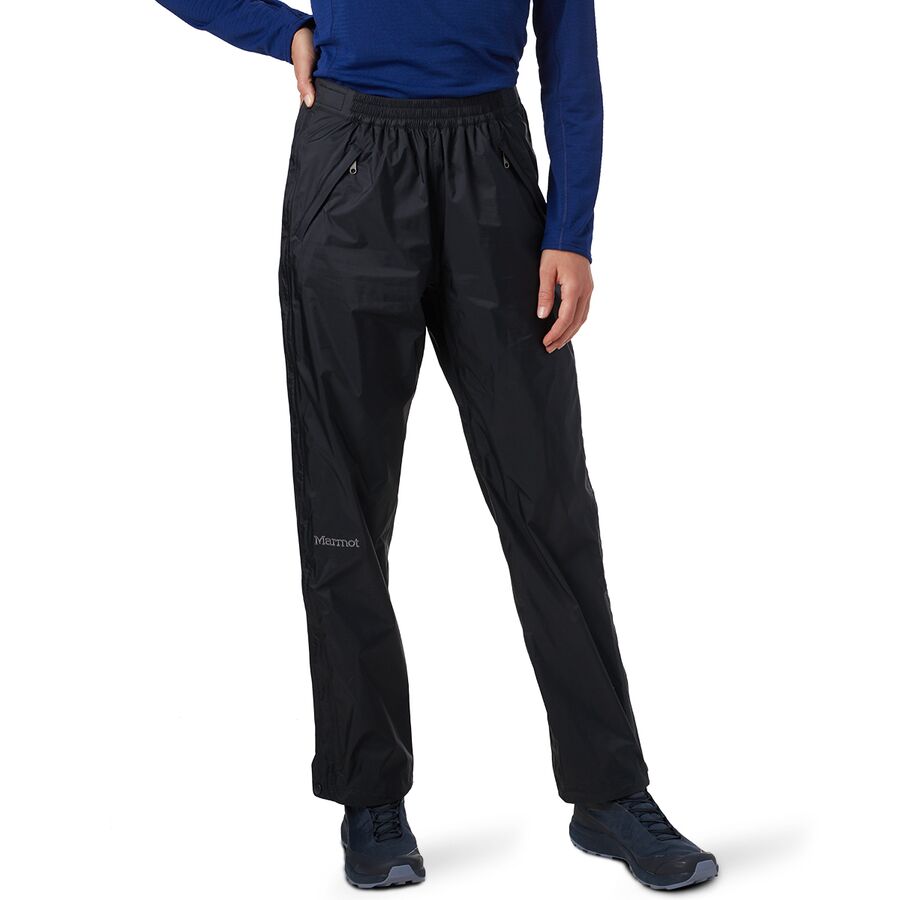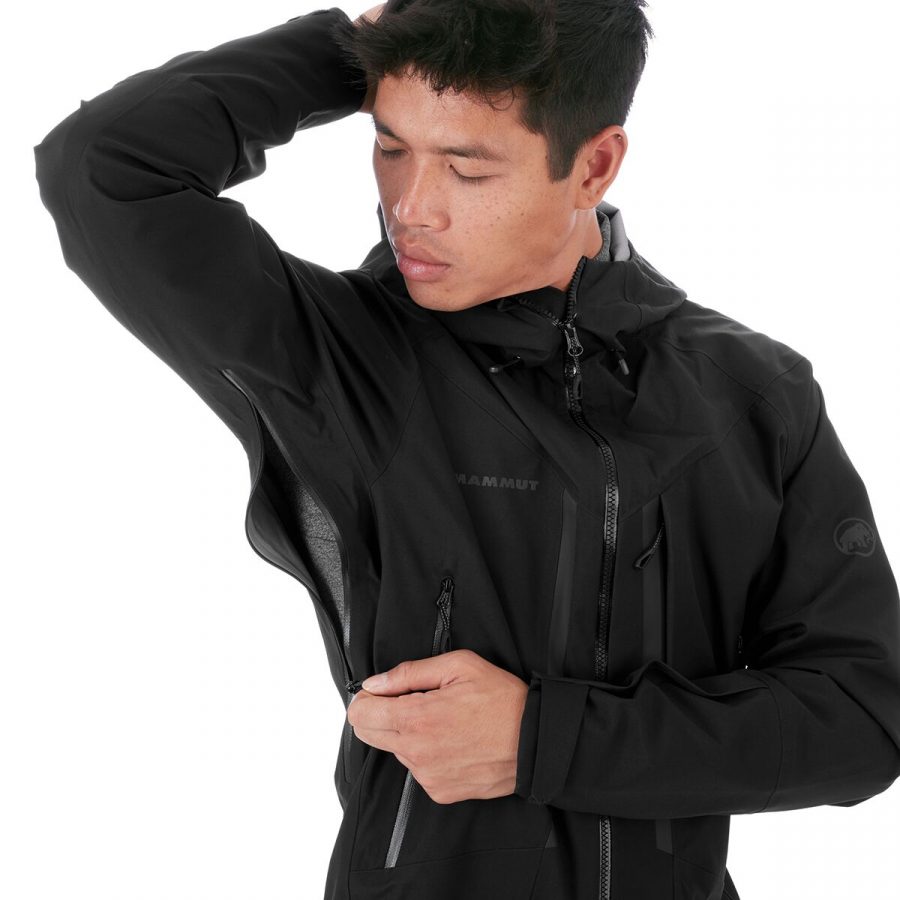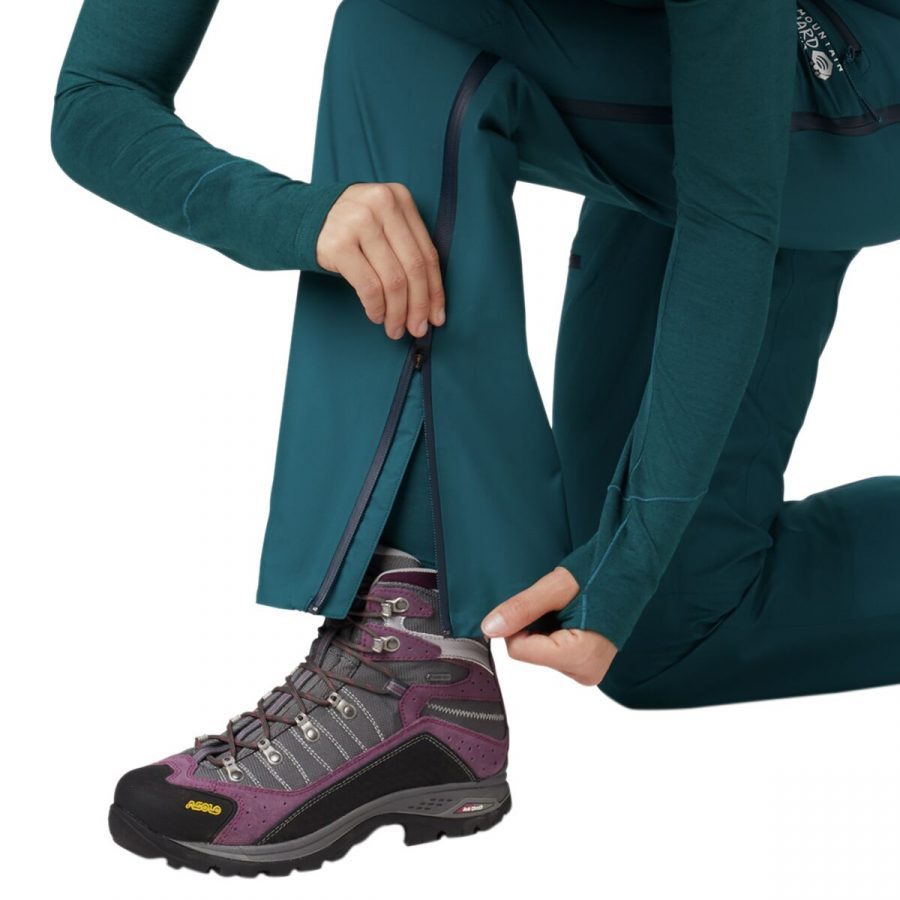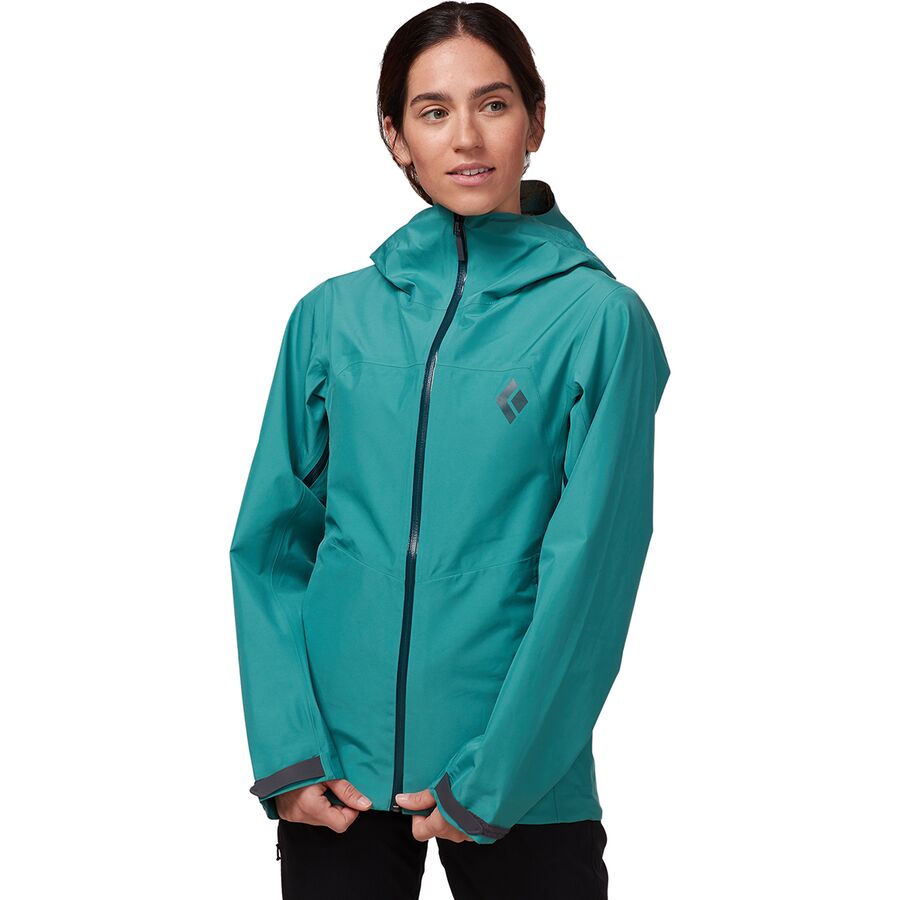
The weather on Kilimanjaro is unpredictable. No matter when you climb, you need to be prepared for rain. Knowing how to stay dry in bad weather is critical. Not only is it required for comfort, but also for safety.
What is Hypothermia?
Hiking in rain can be a potentially hazardous undertaking.
Hypothermia is a medical condition that refers to a drop in your internal body temperature. Normal body temperature averages 98.6 degrees. With hypothermia, the core temperature drops below 95 degrees. In severe hypothermia, the core body temperature can drop to 82 degrees or lower.
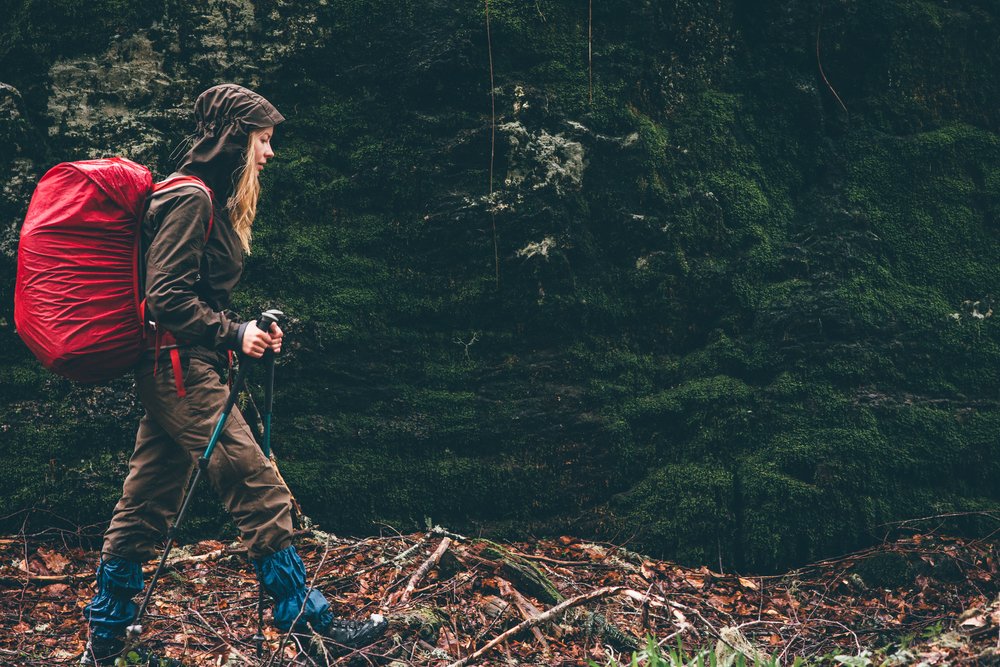
Being cold is a fairly common condition for people who spend time in the mountains. Mild hypothermia is a discomfort, but it can progress rapidly. Normally, the body produces heat during routine metabolic processes that support vital bodily functions. When your core body temperature cools, it directs blood flow to the vital organs of the body, such as the heart, lungs, kidney, and brain. However, if the body temperature continues to decrease, the organs begin to fail, which can be fatal.
The Importance of Rain Gear
One of the most important items you will need for climbing Kilimanjaro is quality rain gear.
A waterproof jacket and waterproof pants are your first line of defense against rain on the trail. The rain jacket and pants form the outermost covering in your clothing layer system. When you get wet, your get cold because when the water on your skin evaporates it also draws out some heat.
The job of your rain gear is two-fold: to keep you dry from the outside and prevent a build-up of moisture on the inside. When choosing waterproof apparel, you want make sure that it is suitable for both of these functions.
A cheap rubber raincoat or plastic poncho would keep the rain off, but they don’t “breathe” or allow perspiration to escape. When you’re hiking up a mountain, you perspire, even when it’s cold and rainy. It doesn’t matter whether you’re wet from sweat on the inside of the jacket or from rain penetrating the outside of the jacket. Being wet can compromise your health and decrease your performance.
When shopping for hiking jackets, you will see “hard shell” and “soft shell” types of jackets which both offer protection from water.
What are Hard Shell Jackets and Pants?
The primary factor to consider when selecting a shell jacket or pants is the type of fabric it is made from.
A hard shell jacket is made out of a lightweight, relatively stiff material that has at least two layers. There is a laminated outer layer that repels water to keep you dry from the outside and a breathable fabric layer that allows perspiration and moisture on the inside of the jacket to escape. Technology has continued to improve in this arena, with new fabrics that get better and better at letting vapor out without sacrificing water permeability.
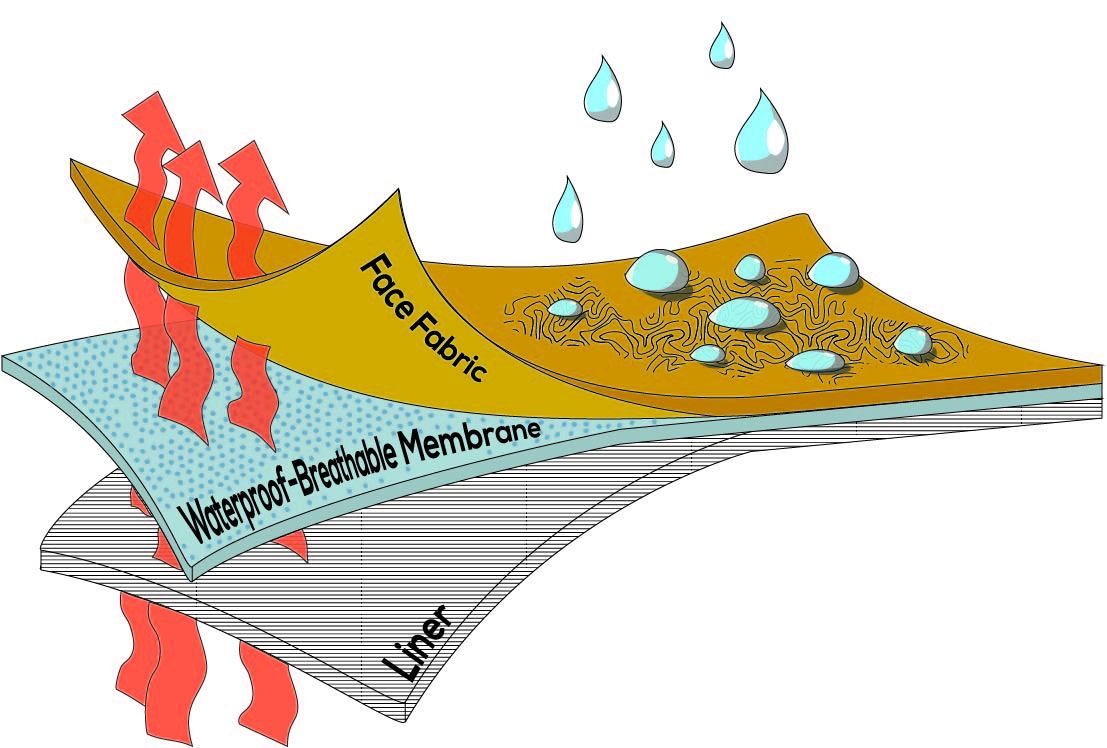
The name Gore-Tex has become synonymous with this type of breathable, waterproof fabric.
Gore-Tex is the brand name of the first company to develop this waterproof and breathable laminated fabric. It was invented in 1969 and for years it held the patent on this type of fabric treatment. That patent has since expired, and now many different outdoor clothing companies have come out with their own versions of laminated fabrics for waterproof shell jackets. Any jacket with this type of breathable waterproof capability will be suitable for your rain jacket on Kilimanjaro.
Hard shell pants, or rain pants, are going to serve the same function for your lower body that the jacket does for your upper body. These are pants you wear over your hiking pants for extra protection from wind and rain. They should be big enough to fit over your regular hiking pants.
Rain Jacket and Pants Features
Let’s discuss some additional features of rain jackets.
First, a good rain jacket must have a hood. This is mandatory. You need to cover your head!
Also, pit zips provide great functionality in a jacket. Pit zips are extra zippers that allow you to open the jacket right under your armpits to ventilate the body to reduce heat and perspiration. Anything the jacket can do to help you reduce moisture will keep you drier. I highly recommend getting a jacket with pit zips.
Finally, when shopping for a rain jacket, make sure to select a size that is big enough to fit over other layers such as a fleece jacket and a thick base layer. Your rain jacket does NOT need to fit over your down jacket, however. The down jacket can be worn on top of your hard shell in cold conditions. The rationale is that when the temperatures are so cold that you need your puffy jacket while hiking, it is presumably also too cold to be raining (but it can be snowing).
For pants, an important consideration is how you are going to put them on when it starts raining.
The least expensive shell pants pull on like regular pants. This means that if you are putting them on while out on the trail, you will need to take the time to completely remove your boots (and possibly gaiters) to pull them on.
Instead, some pants come with zippers that go part of the way up (half zip) or all the way up (full zip) the leg. Half zips normally open up to the mid or upper calf. This feature may or may not be helpful depending on things like how large your boots are. So if you opt for half zips, make sure that the opening is large enough for you to get your boots through. Better yet, find rain pants with full side zippers. They can be opened up completely from ankle to waist, so you can put them on over all of your other layers and boots. They also give you the option to unzip part-way if needed to provide the same type of ventilation that pit zips allow in the jacket.
What is Soft Shell Jacket?
A lot of the skiing and mountaineering jackets you find on the market today are advertised as soft shell. As the name implies, a soft shell jacket is made from a woven material that is softer and more flexible than the stiffer material of a hard shell jacket. They provide enough wind and water resistance to be a good choice in powdery snow but can saturate quickly in heavy rain. In other words, soft shell jackets are not waterproof. They are water resistant.
While soft shell jackets are useful on Kilimanjaro, you should not solely rely on them for rain protection. You are required to have a hard shell jacket. The soft shell can be a secondary jacket for hiking in cooler weather or light rain.


